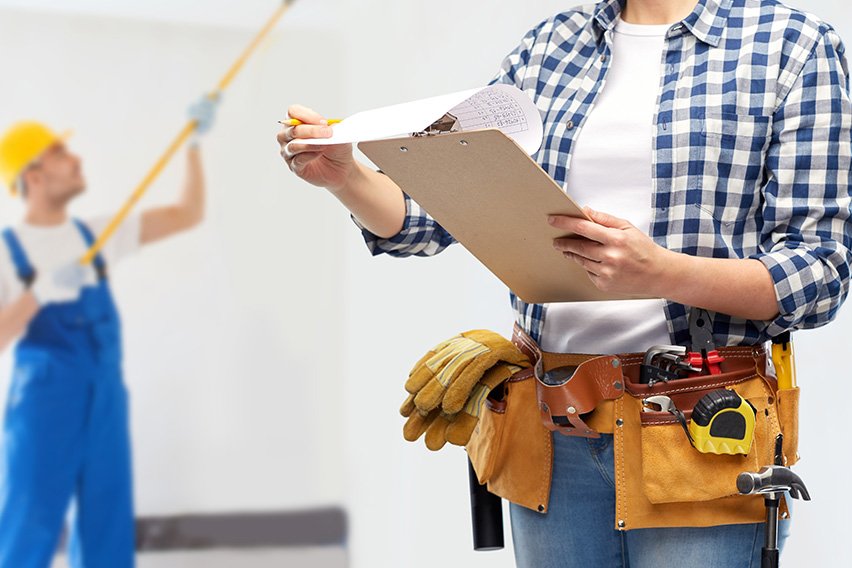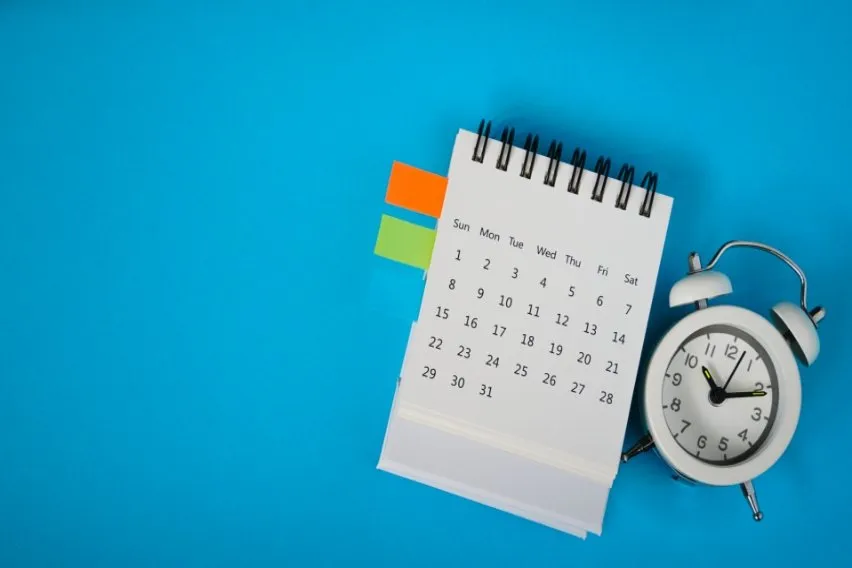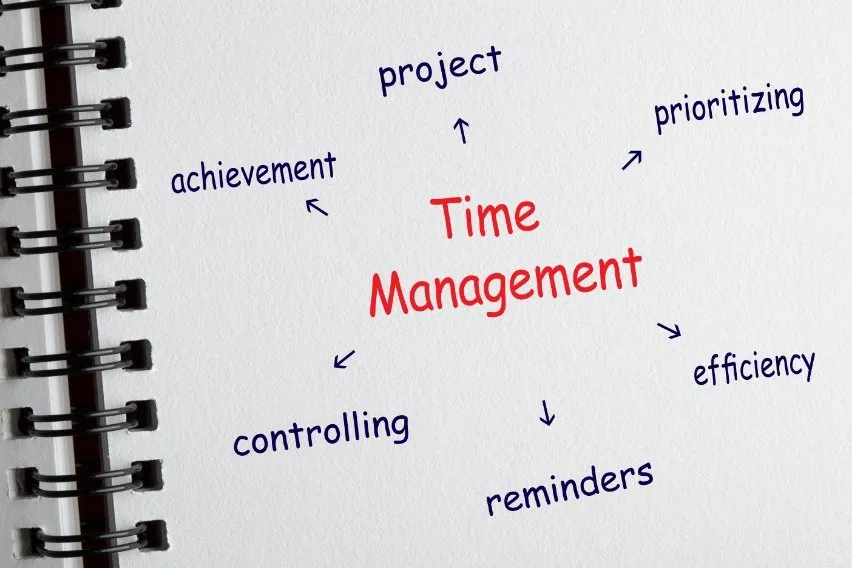7 Steps for Estimating a Painting Job in South Africa

It can be a challenge to generate an accurate estimate for a painting job, especially if you’re just starting out in the painting business. There’s a fine balance between not bidding too high that you price yourself out of a job and pricing too low that you don’t earn a profit.
When you take the proper steps to create an accurate estimate you’ll be sure that you have everything that you need to provide quality work. You can also make sure you’re staying profitable and that you stand out from the rest of the competition.
That said, developing an accurate estimate can involve a little bit of a strategy. The good news is that we have put together a seven-step guide for you to follow for an attractive, and profitable, estimate.
Need a little extra help getting started? FreshBooks has incredible online estimating software that makes generating and sending estimates as easy as possible. And when you’re ready, you can create and submit invoices to your clients.
In this article, we’ll cover:
What’s the Average Rate a Painter Charges in South Africa?
What Do Painters Usually Charge Per Square Metre?
Is There an Average Rate Painters Charge Per Hour?
7 Steps to Estimate Your Next Painting Job
What’s the Average Rate a Painter Charges in South Africa?
One of the biggest things to consider is what actually needs to get painted, as this can cause the rate to either be higher or lower. For example, the cost to paint one room in South Africa can range from R500 to R1500, according to Kandua.
As well, the cost of interior painting can vary depending on the location of the job. Plus, there can be other factors to account for. Some of these factors can include:
- The total size of a room
- The condition of the walls and ceilings
- The price of paint
- Whether there are other services required, such as painting ceilings, trim, and doors

What Do Painters Usually Charge Per Square Metre?
Typically, the price a painter charges per square metre can include a few different factors, like whether or not there’s a need for prep work and the type of paint used. That said, painters will usually charge between R50 and R80 per square metre to paint the interior of a house.
Additional services such as painting ceilings and trim can increase the price since the job will likely take longer and other supplies might be needed, according to Pro Compare.
For example, the size of the interior room and the type of paint used can drastically change the total price, as well as the labour costs. But painting a single interior room can range anywhere from R500 to R1500.
Exterior paint jobs will also take into account the total size. However, other variables such as the number of levels and the prep work needed will affect the price. But a basic exterior paint job can range from R40 to R80 per square metre.
Is There an Average Rate Painters Charge Per Hour?
Again, this is largely going to depend on the type of paint needed, any supplies, labour costs and where the location of the job is. That said, it will also depend on the location of the job, the painter’s experience and the difficulty of the job. Most professional painters will charge between R18 and R50 per hour, according to Payscale.
It’s also worth noting that the painter’s skill level will also get considered and whether any specialized services are required.
7 Steps to Estimate Your Next Painting Job
We’ve put together seven steps for you to follow to help generate an accurate estimate for your next painting job. You’ll ensure that you’re including necessary costs and accounting for your business earning a profit on each job.
1. Visit the Job Site
Before you do anything you should first visit the job site. This lets you get a better understanding of any factors that can affect your estimate such as walls that are in poor condition. You can also get a better sense of how much paint is required and whether or not things like ceilings, trim or accent walls also need to get covered.
It can be beneficial for the client to be there with you to do a walkthrough. You can ask some specific questions about the job which will aid in creating an accurate estimate.
As well, you can discuss specifics with the client such as the colours they’re interested in and be able to measure the walls. If it’s your first painting job, you can also think about bringing an experienced painter with you to help guide the process and make sure you’re not missing anything.
2. Determine the Cost of Paint
During your site visit, ask the client if they have a preference for the type of paint that will get used. This will let you create a more accurate estimate and choosing the right products helps avoid unnecessary expenses and unwanted delays.
According to Sainsider, a litre of Dulux paint in South Africa can cost anywhere from R218 to R499. Different colours, qualities and finishes are going to cause the cost of paint to be either on the lower end or higher end.
Let’s say you purchase paint at R300 per litre. Here are a few rough estimates based on painting the interior of different-sized houses in South Africa:
- 140 square metre house requires roughly 10 litres of paint = R3000
- 230 square metre house requires roughly 15 litres of paint = R4500
- 370 square metre house requires roughly 25 litres of paint = R7500
3. Estimate Material Costs
Now that you know the size of the house you’re painting and how much paint it will cost, you can start to put together the costs of other materials. There are going to be certain materials and supplies you’ll need depending on the type of job and if it’s interior or exterior.
Here are a few extra materials that might be needed:
- Caulking
- Painters tape
- Masking plastic
- Paint brushes
- Paint rollers
- Primer
As mentioned above, depending on the type of job there can be extra materials required, like if there is extra prep work required to scrape away old paint.
4. Estimate Labour Costs
Making sure you have the right number of painters on-site to complete the job efficiently is important, so labour costs are a critical part of your estimate. According to Payscale, the average hourly rate for a painter in South Africa is R29.
As an example, let’s say you need two painters to complete an exterior painting job of a house. You have estimated it to take roughly one day to complete or 8 working hours.
From here, you can estimate labour costs by multiplying the total hours worked by the hourly rate. Keep in mind that this isn’t going to include material or paint costs.
2 painters x 8 hours of work = 16 total hours
16 hours x R29 hourly rate = R464
It’s worth mentioning that it can be important to account for disruptions or other work problems that can cause the job to take longer than estimated. These can include things like extra prep work, difficulty painting certain areas or if there are trees or ivy in the way.
However, you should have a good sense of any of these factors since the first thing you did was visit the job site.
5. Estimate Marketing Costs
Marketing costs can often get overlooked by small businesses, but they’re important to include in your estimates. For example, printing and distributing flyers, paying for lead generation and things like lawn signs can be extra costs to promote your painting business.
It can be common to add roughly 10 per cent of an estimate to account for any marketing costs.

6. Include Your Business Markup
One of the biggest factors to account for in a business markup is how long you have been in business. More experienced businesses can charge a higher mark-up compared to a business that’s just starting out.
For a new painting business, a markup of 30 per cent is sufficient to ensure you’re earning a profit on each job. If your painting business is more experienced, you can go as high as 50 per cent, according to Painting Business Pro.
The other main difference in your business markup percentage is considering overhead costs. If you have to rent office space, pay for insurance or even have higher marketing costs then your markup could be a little higher.
7. Time for the Final Calculation
Now that you know everything to include in your estimate and you’ve taken the time to calculate some costs, you can add them up. Be sure to include:
- The cost of paint
- The cost of supplies and materials
- The cost of labour
- The cost of marketing
- Your markup percentage
Once you’re finished, you will have an accurate estimate to submit to your customer to give you the best chance of landing the painting job. Plus, knowing how to accurately complete an estimate will help with any future jobs.
Key Takeaways
Since some painting jobs can vary in size and materials that are needed, it can be a challenge to ensure you’re estimating accurately. Try and visit the job site before you do anything else to make sure you know what needs to get done. You can measure the wall surfaces and get a better understanding if there’s extra prep work required.
But now that you have these seven steps to follow creating an accurate painting job estimate has never been as easy. You’ll be able to deliver on customer expectations and ensure your business earns a profit along the way.
Did you enjoy reading this guide? Head over to our resource hub for more great content!
RELATED ARTICLES

 25 Small Business Ideas in South Africa
25 Small Business Ideas in South Africa Financial Reporting and Analysis: Definition, Importance & Types
Financial Reporting and Analysis: Definition, Importance & Types Project Timeline: Benefits, Types & Best Practices
Project Timeline: Benefits, Types & Best Practices Performance Standards: Levels, Types & Importance
Performance Standards: Levels, Types & Importance Top 15 Time Management Techniques That Work
Top 15 Time Management Techniques That Work How to Increase Productivity in the Workplace (10 Easy Tips)
How to Increase Productivity in the Workplace (10 Easy Tips)